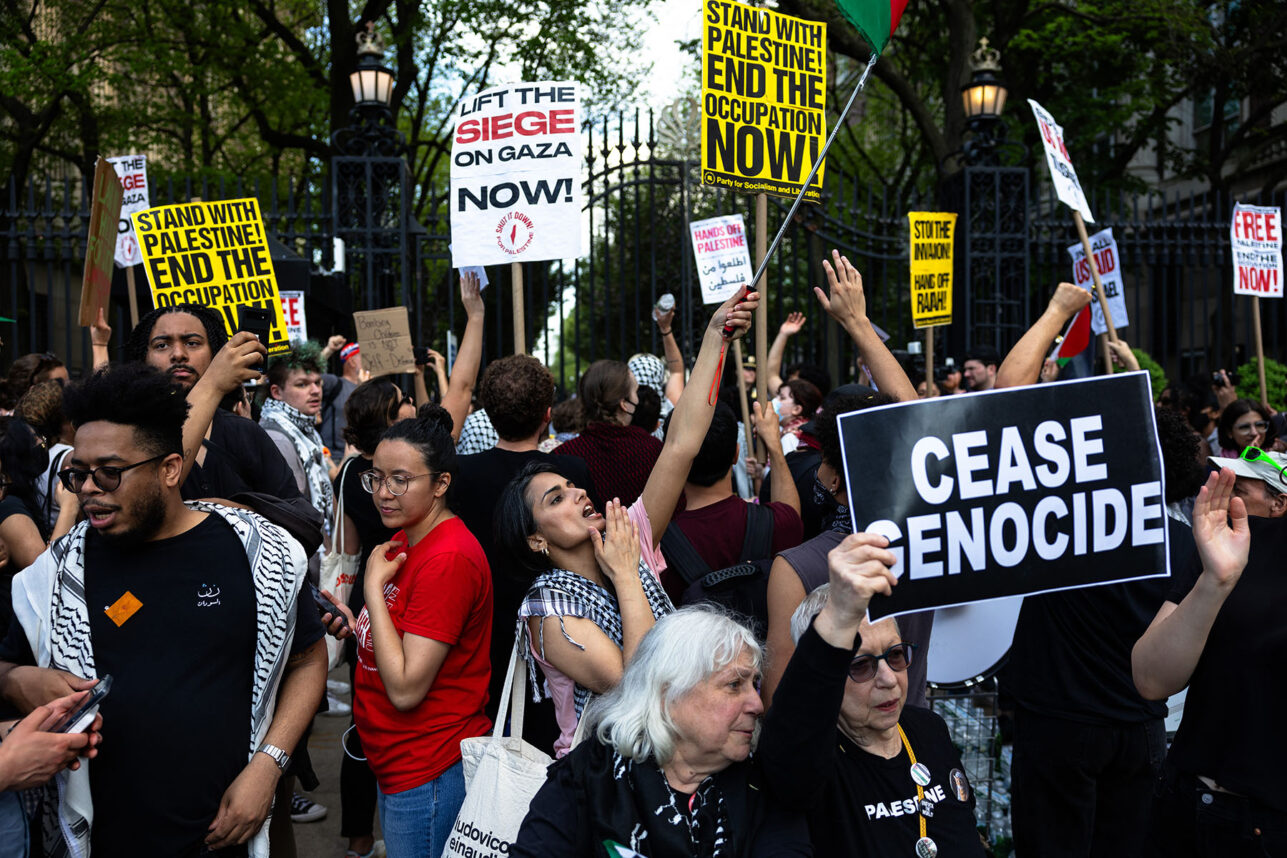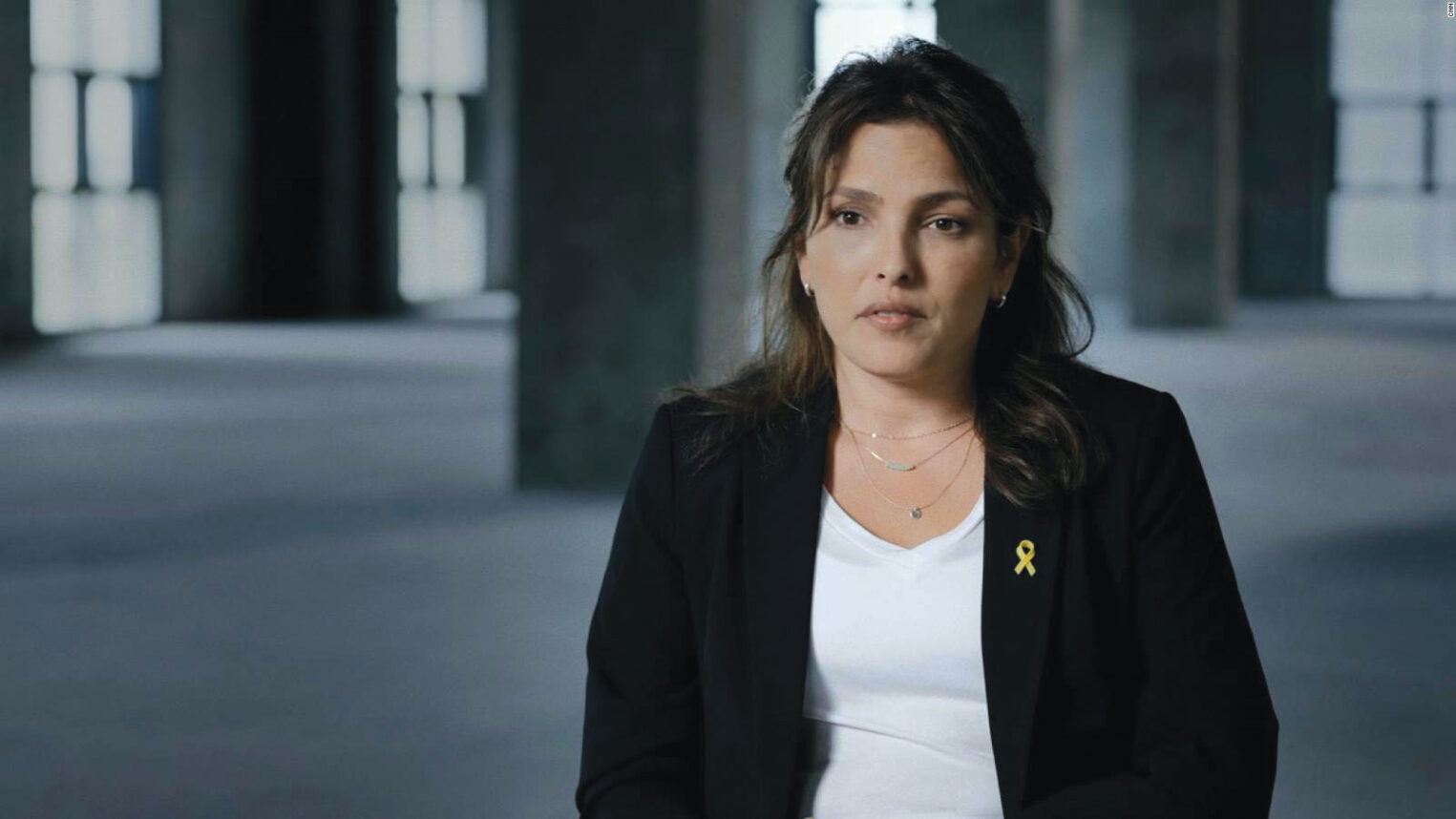"Drohobycz, Drohobycz and Other Stories: True Tales From the Holocaust and Life After" by Henryk Grynberg. Translated from Polish by Alicia Nitecki. Edited by Theodosia Robertson. (Penguin Books, 2002).
Until recently, the word Drohobycz (pronounced "Dro-ho-bit-ch") sounded to most American readers like an exotic Eastern European tongue twister.
Then, three years ago, the name of this Ukrainian town appeared in the world press when representatives of Israel’s Yad Vashem Holocaust Memorial controversially claimed a set of murals painted by Bruno Schulz, a lifelong resident of Drohobycz who was gunned down by the Gestapo there in 1942, and is now considered to be one of the greatest writers of the 20th century.
It is Bruno Schulz’s haunting self-portrait that gazes at us from the cover of Henryk Grynberg’s powerful book, "Drohobycz, Drohobycz and Other Stories," and it is Schulz and his fellow residents of the eastern borderlands of prewar Poland who inspire Grynberg’s tales, which have been awarded the 2002 Koret Jewish Book Award for Fiction.
A child survivor of the Holocaust and longtime resident of the United States, Grynberg has dealt directly or indirectly with the Holocaust in 26 books of prose, poetry, essays and drama, all written in his native Polish.
He considers the Holocaust singularly important as a lesson, a warning and a turning point in the history of our civilization, and frequently calls himself a guardian of the graves and the writer of the dead.
The documentary-like stories of "Drohobycz, Drohobycz" are set in almost a dozen countries. His narrators are survivors of ghettos, labor and death camps, as well as wartime deportations to the Soviet Union.
The narrators recall hundreds of names, places and local historical events; in the face of destruction, these details of the past acquire a new poignancy, and Grynberg’s allusions underline the wide geographical scope of the Shoah.
Letting others speak is Grynberg’s conscious strategy — he takes his inspiration from real testimonies but crafts them with fictional techniques. We can only guess that the names mentioned in the dedications preceding each tale — "Halina M." or "Janina" or "Ben, Zoila, Michal and Basia" — belong to the real-life victims on whose lives the fictions are based.
Grynberg dutifully catalogs these survivors’ responses to the horrors they have experienced and the challenges of survival. In some cases, the survivors, many of whom like Grynberg, himself, are children of the Holocaust, view the world from a child’s perspective.
After the war, the narrator of "A Hungarian Sketch" is surprised to see mothers with children strolling in the street; having miraculously escaped the clutches of Mengele, she imagined there can be no more mothers and children in the world.
Others experience permanent alienation: "To the Americans I was a foreigner," says the narrator of "A Pact With God." "To the Poles, a hidden Jew. Who was I to the Jews?" The narrator of "A Family Sketch" remarks, "I married twice and didn’t try after that. I didn’t want to have children. I’d rather be by myself." Another woman narrator argues survivors are like painters unrecognized during their lifetimes.
Although Grynberg is very careful to give his narrators their own voices, his authorial touch is felt in the ironic distance, sense of absurdity and even humor of these tales. A former actor, Grynberg has said that he has been encouraged by his editors to exploit his talent for comedy in his fiction. Though only so much humor is appropriate in stories as grim and often heartbreaking as these, Grynberg’s ironic sensibility makes his tale-testimonies easier to read, as their tragedy is tempered for the reader who otherwise might be overwhelmed with the scope of suffering and horror he describes.
Twenty years ago, Philip Roth introduced Schulz to the American audience in the series "Writers From the Other Europe." Since then, Schulz’s life and work have inspired novels by Cynthia Ozick and David Grossman, and a powerful biography by Jerzy Ficowski, recently translated into English. Schulz’s famous example illustrates how important it is that new stories of tragedy and survival continue to be unearthed from the wartime and post-war experiences of Polish Jews. In "Drohobycz, Drohobycz," Grynberg carries on this work, using fiction to tell "True Tales From the Holocaust and Life After" and to create a compelling portrait of the effect two totalitarian systems — Nazism and Stalinist communism — had on the lives of millions. By sharing his own story and those of more than a dozen survivors, Grynberg helps these millions become less anonymous.
Monika Adamczyk-Garbowska is a professor of American and comparative literature
and head of the Center for Jewish Studies at the Maria Curie-Sklodowska University in Lublin,
Poland, and the co-editor of “Contemporary Jewish Writing in Poland: An Anthology.” This review originally
appeared on the recently redesigned JBooks.com, the online Jewish book community produced by Jewish Family & Life.






















 More news and opinions than at a Shabbat dinner, right in your inbox.
More news and opinions than at a Shabbat dinner, right in your inbox.